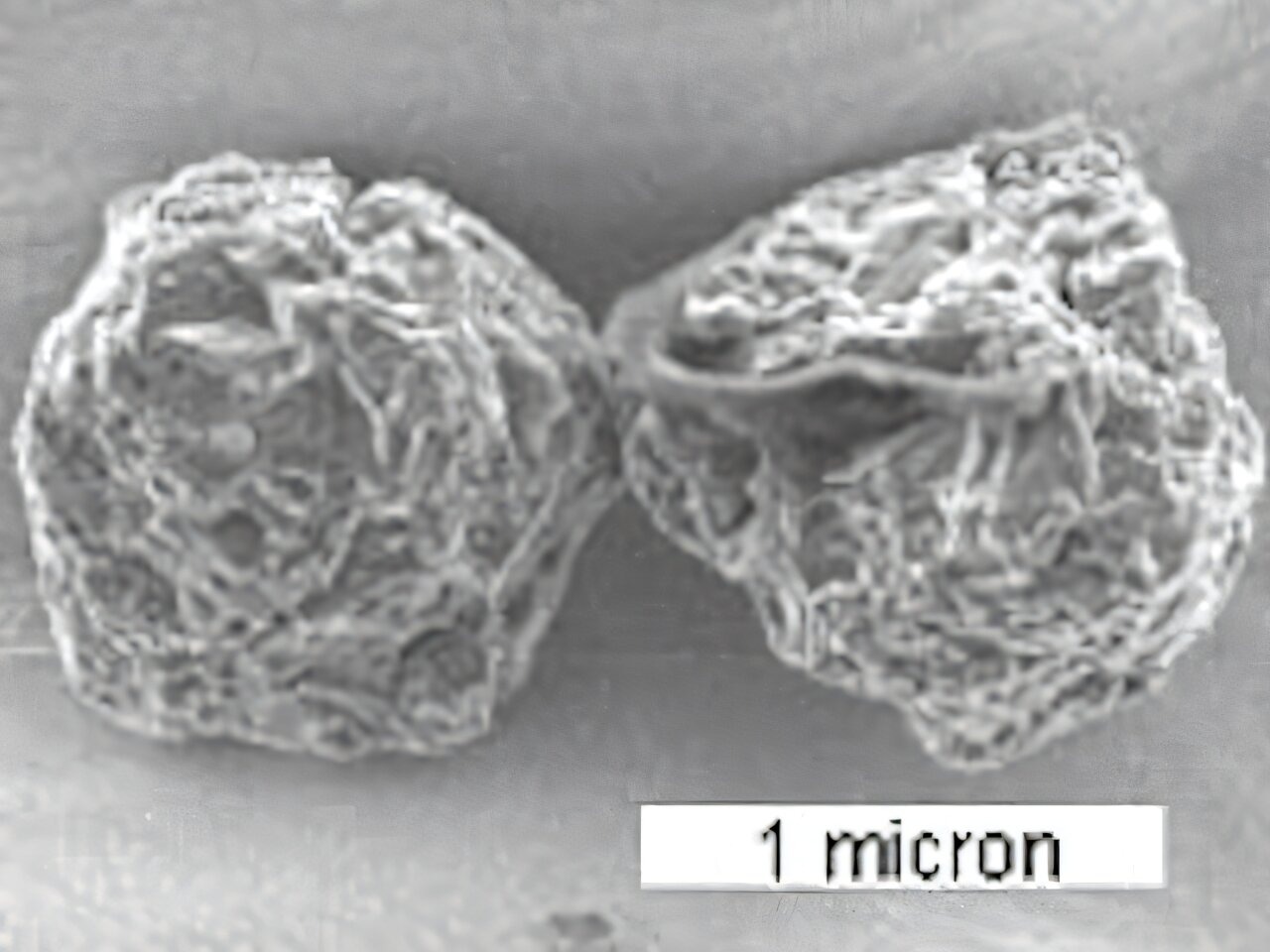Most of the elements in the Universe were created by the explosions of supernovae. We are all literally made from the dust of these stars. That’s why astronomers are striving to better understand these bright cataclysms. Why do the different isotopes formed by supernovae affect the development of planetary systems? What types of supernovae play a major role in creating the elements we know? The answers to these questions can be provided by presolar grains — dust particles that originated long before the Sun was born. Some of them were ejected from star systems exhausting nuclear fuel, others were formed after supernova explosions. Each grain has a unique isotopic composition that preserves its history.

At first, scientists only had access to presolar grains through meteorites, but thanks to space missions like Stardust, particles from comets are now being studied as well.
Using radio telescopes such as ALMA, astronomers can observe isotope ratios directly at the sites of grain formation. The study of grains both in space and in the laboratory, especially using the NanoSIMS technique, makes it possible to establish their origin more precisely.
A recent study published on the arXiv server shows that type II supernovae, or core-collapse supernovae, produce titanium-44, an unstable isotope that decays into calcium-44. There may be an excess of calcium-44 in presolar grains, but a similar excess has been observed in the grains of young stellar systems. It is possible to distinguish between these cases by analyzing the distribution of calcium-44 within the grain.
Scientists have found that NanoSIMS can be used to identify the origin of grains, particularly in meteorites. Similar difficulties arise with other elements such as silicon and chromium.
The study shows that scientists need more data to definitively understand the origin of presolar grains. This will help to better understand the processes of element synthesis in the interior of massive stars.
Earlier we told you interesting facts about supernovae.
Provided by phys.org


